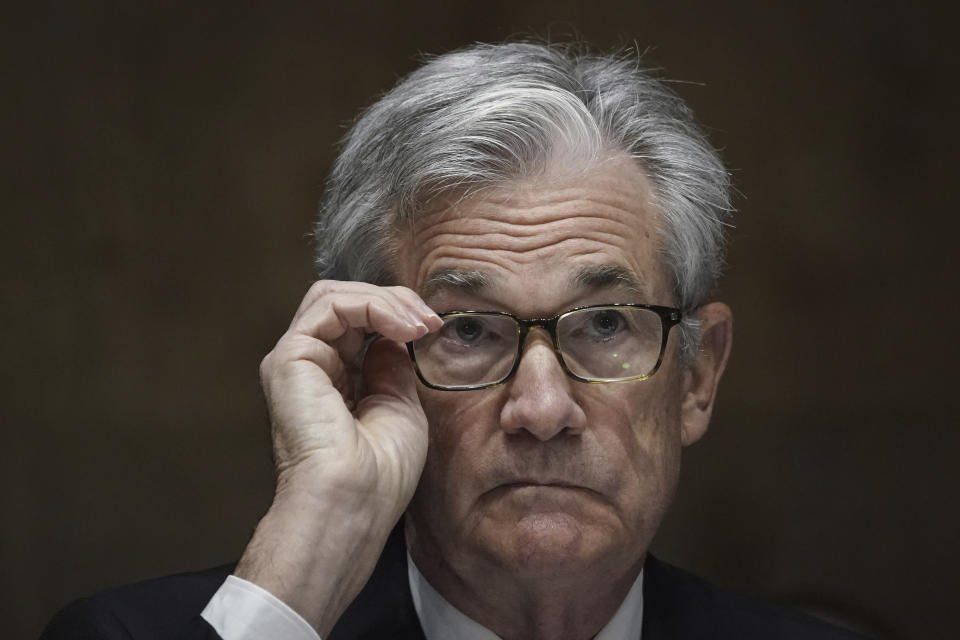Fed balance sheet hits new record high as QE takes spotlight
The Federal Reserve’s balance sheet inched up to a record $7.18 trillion as of Wednesday, with all signs pointing to further growth in the central bank’s portfolio.
The Fed’s outright holdings of U.S. Treasuries and mortgage-backed securities added about $25 billion to $6.56 trillion over the last week.
Concerns over a slowing economic recovery have pushed the Fed to open the possibility of further ramping up its asset purchases or changing the targets of its asset purchases.
“There is still quite a bit of flexibility in the asset-purchase side right now, and it allows us flexibility to also provide more accommodation if that's necessary,” Chicago Fed President Charles Evans told Yahoo Finance October 9.
In the early months of the pandemic, the central bank quickly added $3 trillion in asset holdings as policymakers attempted to flood financial markets with liquidity. The Fed also stood up 13 facilities to backstop markets ranging from corporate debt to municipal bonds.
The Fed’s quantitative easing leveled off into the fall as markets appeared to regain calm.
“Public markets are out there and they’re working and the pricing is pretty good,” Fed Chairman Jerome Powell told Congress on September 24.

In its September 16 policy-setting meeting, the Federal Open Market Committee began pinning asset purchases to more than keeping financial markets calm. Its statement now commits to using quantitative easing to “maintain an accommodative stance of monetary policy,” setting the stage for larger or more targeted purchases in the future.
Larger quantitative easing would constitute purchases at a rate faster than its current clip of $80 billion-per-month in Treasuries and $40 billion-per-month in mortgage-backed securities.
More targeted purchases would involve a skew in bond buys toward longer-duration debt.
The Fed’s next policy-setting meeting is scheduled to take place right after the election, on November 4 and 5.
Brian Cheung is a reporter covering the Fed, economics, and banking for Yahoo Finance. You can follow him on Twitter @bcheungz.
COVID-19 leaves unbanked minority communities behind on savings, credit
Powell: Fed open to private sector collaboration in possible digital dollar
Big banks are cautiously optimistic about the economic recovery
Less-educated Asian Americans among hardest hit by job losses during pandemic
A glossary of the Federal Reserve's full arsenal of 'bazookas'
Read the latest financial and business news from Yahoo Finance
Follow Yahoo Finance on Twitter, Facebook, Instagram, Flipboard, SmartNews, LinkedIn, YouTube, and reddit.
